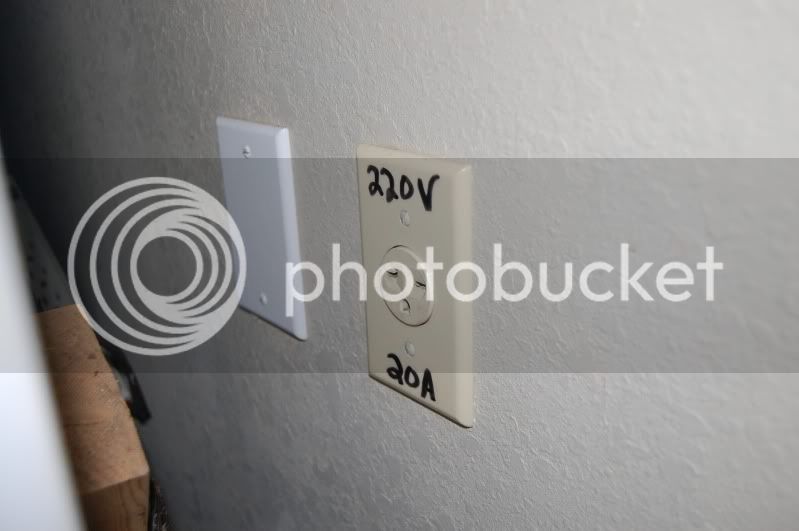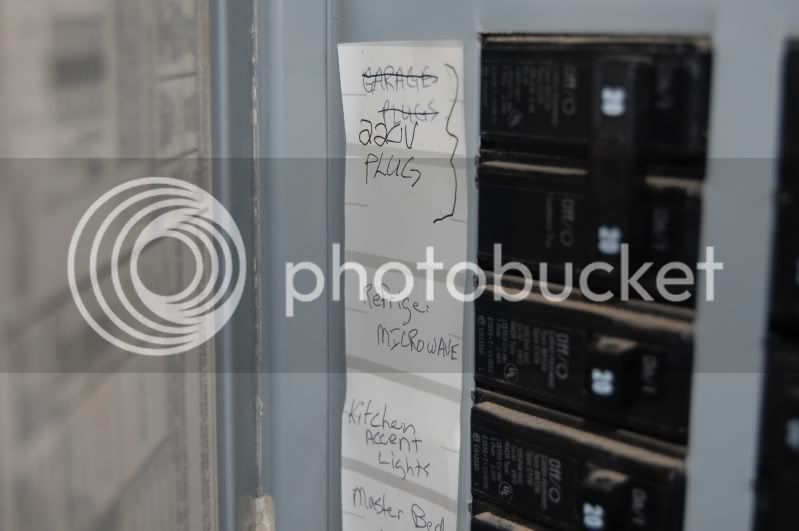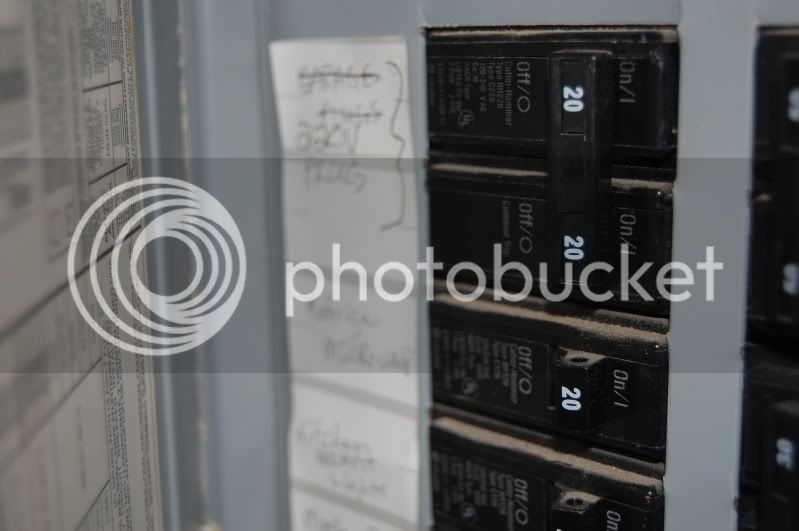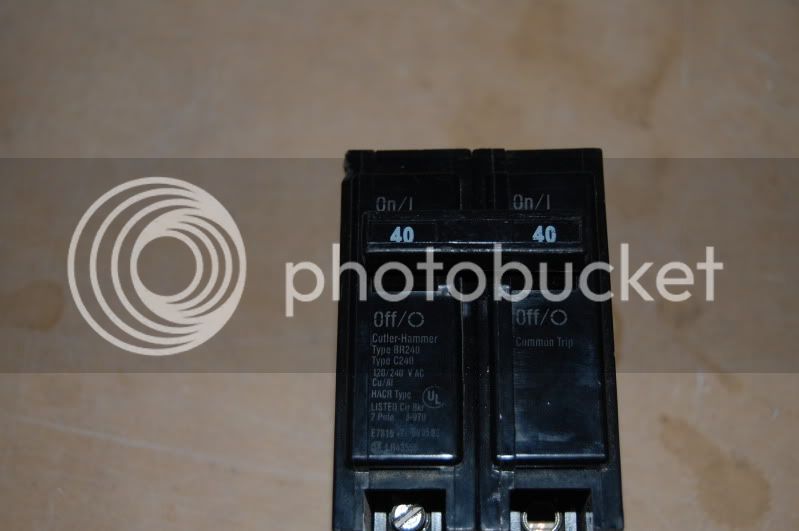Kerberbb
Well-Known Member
I am in the process of starting to acquire pieces for an all-electric keggle brewery. I am wanting a HERMS setup and will be utilizing some existing equipment. Here is a list of components that I have so far, please tell me what else I need, one of which is a control box I know.
ON HAND
2 un-cut kegs
1 keggle with 1/2 barb & themometer (Brew Kettle)
False Bottom
March pump
Copper Heat Exchange
2 Ranco Controllers
What I Think I need
2 weldless ball valves
2 weldless thermowell kits for ranco controller probes
5 Quick Connector 1/2" MPT
3 Quick Connector Barbed
2 Quick Connector Barbed Elbow
1 Input manifold (Tee)
2 1/2" Ball-Valves
10 ft of 1/2" Braided Hose (ft.)
2 Sets of SS Hose Clamps (4 per Set)
2 Heating Elements w/ cord and plug (1 for HLT & 1 for Brew Kettle)
Electrical Box Control to plug everything into (I need direction here)
Can anybody give me some good advice. I can familar with electrical wiring and can do my own DIY. Just a good direction would be advantagous!
Thanks!
ON HAND
2 un-cut kegs
1 keggle with 1/2 barb & themometer (Brew Kettle)
False Bottom
March pump
Copper Heat Exchange
2 Ranco Controllers
What I Think I need
2 weldless ball valves
2 weldless thermowell kits for ranco controller probes
5 Quick Connector 1/2" MPT
3 Quick Connector Barbed
2 Quick Connector Barbed Elbow
1 Input manifold (Tee)
2 1/2" Ball-Valves
10 ft of 1/2" Braided Hose (ft.)
2 Sets of SS Hose Clamps (4 per Set)
2 Heating Elements w/ cord and plug (1 for HLT & 1 for Brew Kettle)
Electrical Box Control to plug everything into (I need direction here)
Can anybody give me some good advice. I can familar with electrical wiring and can do my own DIY. Just a good direction would be advantagous!
Thanks!






